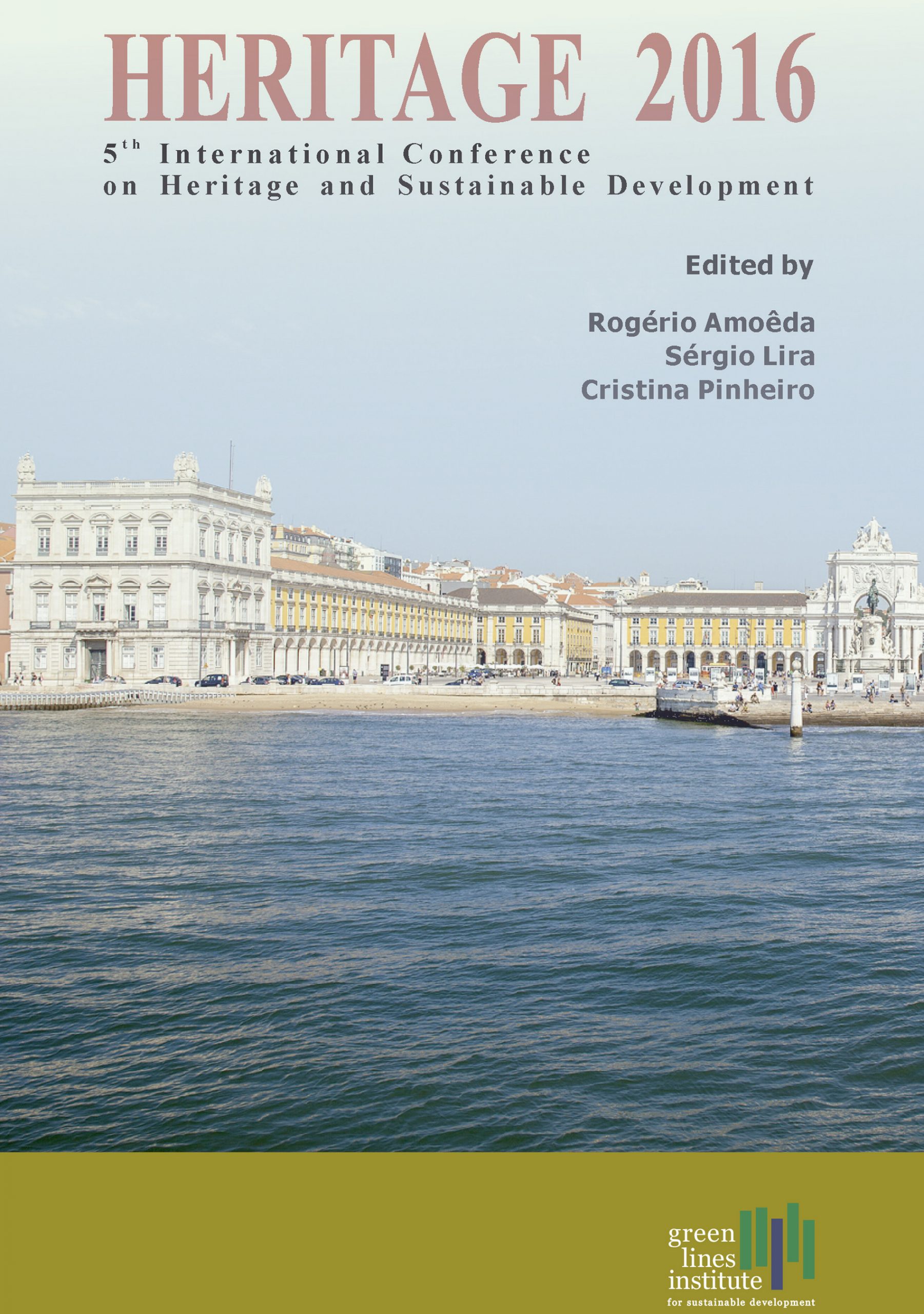
Year of publication: 2016
Publication / Magazine title: HERITAGE 2016. 5TH International conference on heritage and sustainable development
Type of publication: Comunication
Article author/s: Pablo M. Millán Millán
Publication author/s: –
Editorial: Green lines institute
Language/s: English
ISBN: 978-989-8734-13-6
The achievement of high quality graphic data allows the planning of a supervision Project and represents one of the data-retrieval bases, either clearly identifiable or others arising from the interaction between these activities and such documents or the graphic element itself with the physical elements to be analyzed. In contrast with the traditional approach, where the graphic entity was devoted to the upkeep of historical elements and design in general, in nowadays heritage contribution, the graphic element is developed in each and every stage of the activity, granting the researchers with tools by means of which there can be established a dialogue between the historical remains and the creation of new living spaces. The last ten years have witnessed how heritage supervision implied a total change based on a new globalizing concept of “heritage”, due to an interdisciplinary perspective: History, Architecture, Archaeology… The widening of this realm towards these disciplines allows a similarly exponential enlargement of the result and makes them coherent with respect to the reality approached. The use of an intensive record methodology and a systematic planning from a previous archaeological, historical and documental research is used to provide mainly a graphic datum which establishes, beforehand, the problems to face within the restoration and refurbishment work in historical buildings. This theoretical frame, shared by many researchers, lacks, however, enough reflection on study- approach methodology or fulfillment. Hereby we show the outcome of this interdisciplinary process of theoretical, methodological and practical work developed in the restoration of the old medieval slaughterhouse in Porcuna.
